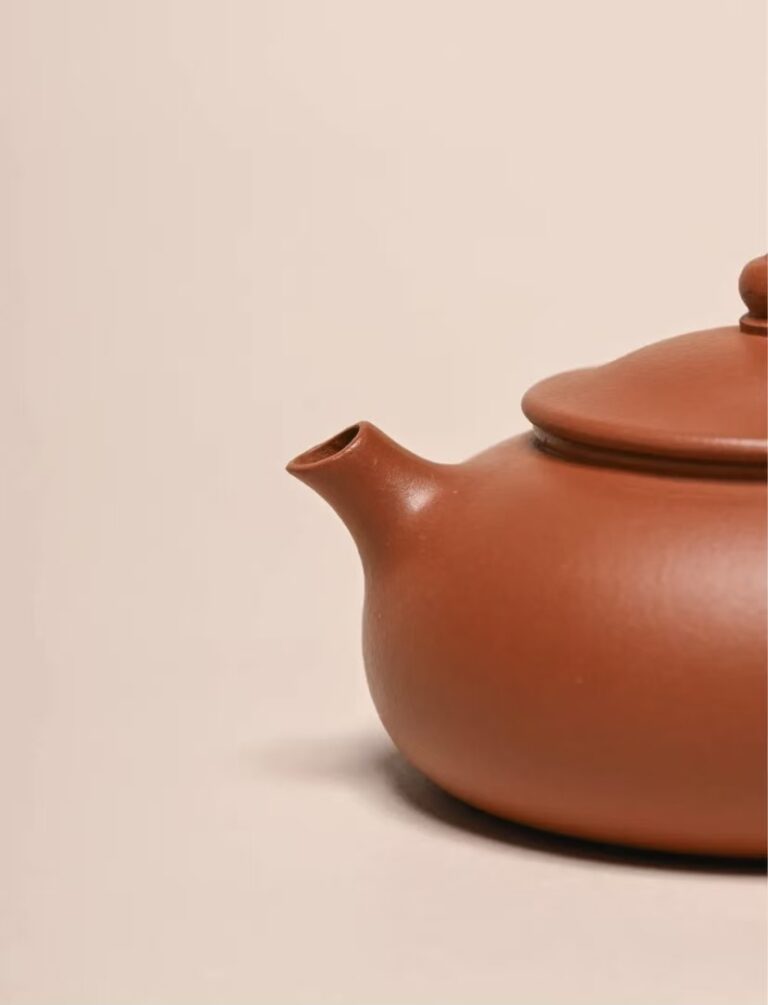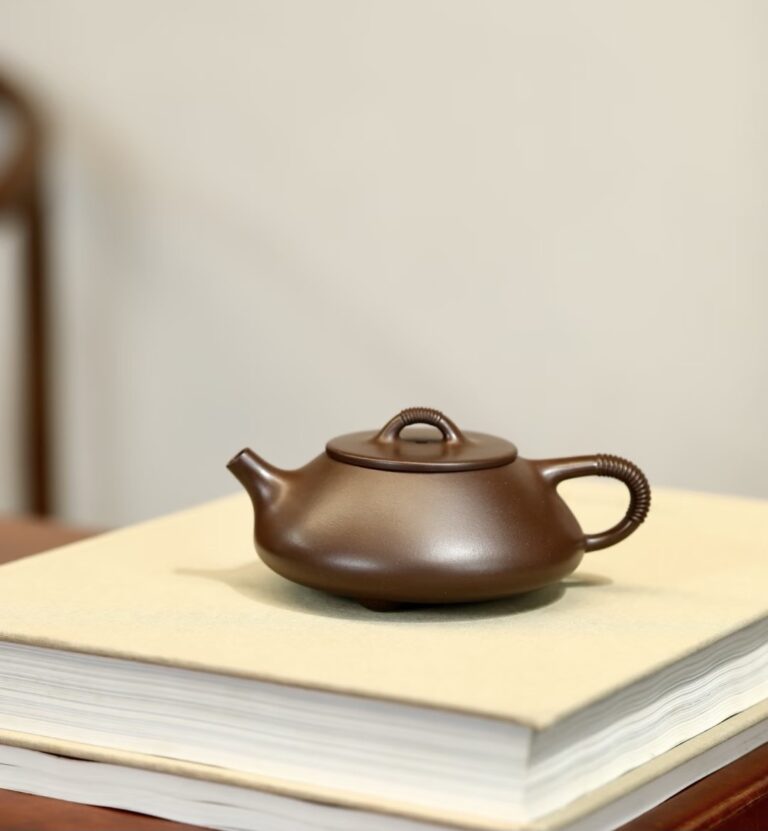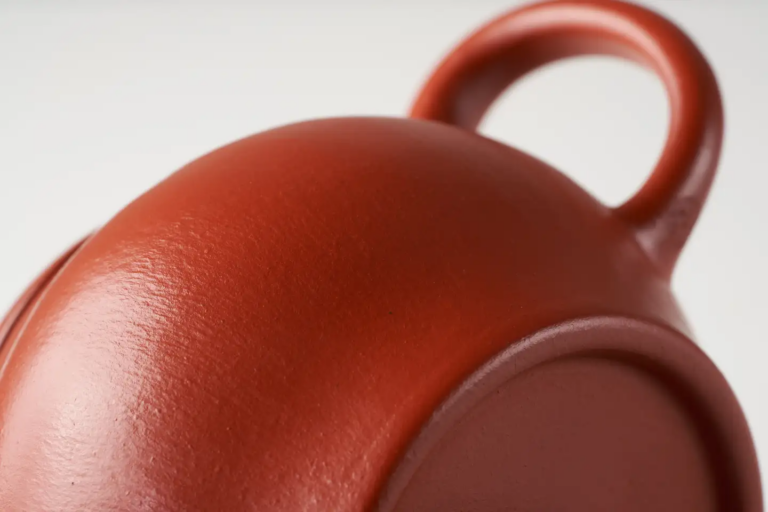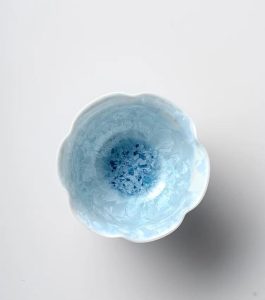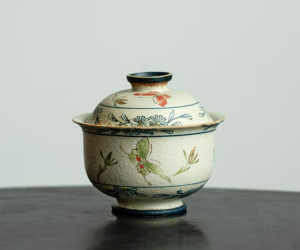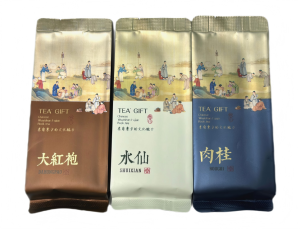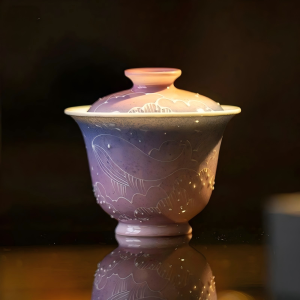That crisp autumn air is rolling in. You decide it’s the perfect moment to brew a premium Wuyi Rock Oolong, anticipating its rich, mineral-forward body and complex aroma. But as you take the first sip, something is off. The fragrance is weak, and the taste is disappointingly thin, almost like it’s been diluted.
If this sounds familiar, you may have a “Rainy Day Tea” on your hands.
This isn’t just a saying. For generations, tea masters have abided by a strict rule: “Don’t harvest before the rain, and don’t pick after it.” It’s a principle that separates mediocre tea from a truly unforgettable brew. Whether you’re watching the autumn drizzle from a café in Seattle or cozying up on a cloudy day, the weather on harvest day fundamentally changes the tea in your cup.
But why is that? Let’s dive into the science behind how a simple rainy day can wash away the incredible flavor of a world-class oolong.
What Exactly is “Rainy Day Tea”?
“Rainy Day Tea” refers to tea leaves that are harvested and processed during wet, rainy conditions. While it sounds poetic, the reality is that the excess moisture creates significant challenges during production, a multi-step process designed to develop deep, complex flavors.

The consensus in the world of high-quality tea is clear: rainy day harvesting is a major compromise. For a tea as nuanced as Wuyi Rock Oolong, it’s a deal-breaker. A recent study from a team at Anhui Agricultural University, published in Food Chemistry: X, finally reveals precisely what happens to the tea on a chemical level.
The Science: Sunny Day Tea vs. Rainy Day Tea
To understand the impact of rain, researchers conducted a controlled experiment, harvesting Wuyi ‘Shuixian’ oolong on both clear, sunny days (Q samples) and rainy days (Y samples).
- ☀️ Sunny Day Tea (Q): Harvested in ideal conditions (66-79°F, 50-60% humidity), the leaves were vibrant and had optimal moisture content. When processed, they produced a bright, golden-amber liquor with an intoxicating, multi-layered aroma. The taste was delightfully sweet and full-bodied.
- 🌧️ Rainy Day Tea (Y): Harvested in high humidity (90-95%), the leaves were saturated with water. Despite careful, extended withering, the result was inferior. The aroma was muted, the flavor was flat, and the overall character was significantly diminished.
The visual difference alone is clear. The sunny day tea infusions are brighter and the leaves appear more robust.

The most shocking discovery, however, was what happened to the tea’s most important feature: its iconic aroma.
Why Does Rain Erase the Aroma of Wuyi Oolong?
A sensory analysis panel confirmed what the researchers tasted. The sunny day tea (Q) was significantly more intense in desirable Floral, Sweet, Fruity, and Woody notes.

Using gas chromatography-mass spectrometry, the study identified 132 key volatile compounds that create the signature aroma of Wuyi Rock Tea. These compounds are responsible for everything from rosy and citrusy notes to buttery and roasty scents.

Here’s where the numbers get interesting. The total concentration of these aromatic compounds was 1.7 times lower in the rainy day tea.

More specifically, the compounds responsible for Wuyi’s beautiful floral and fruit notes were decimated in the rainy day harvest:
- Geraniol (sweet, rose-like fragrance): Content dropped by 40-70%.
- Linalool (elegant floral notes): Content dropped by 40-70%.
- Trans-nerolidol (ripe fruit aroma): Content dropped by 40-70%.
The heatmap below visualizes this difference, with red indicating higher concentrations of these desirable aromas in the sunny day samples (Q1-Q4).

The Root Cause: How Rain Suppresses a Tea Leaf’s Chemistry
So, why does this happen? The study points to one primary culprit: the combination of high humidity and low light on rainy days.
This environment significantly inhibits the activity of key enzymes within the fresh tea leaves. Enzymes like terpene synthases and carotenoid cleavage dioxygenases act as catalysts to produce the very aroma compounds that we love.
When these enzymes are suppressed at the moment of harvesting, the leaf’s ability to generate its full aromatic potential is permanently damaged. No amount of expert processing can bring back what was never fully developed in the first place.
This research provides powerful scientific backing for what tea masters have known for centuries: the sun and the sky are essential ingredients.
Source: Luo, Z., Zhang, Q., Yang, Y., et al. (2023). Effect of rainy-day harvesting on the aroma profile of Wuyi rock tea based on GC–MS and chemical analysis. Food Chemistry: X, 19, 100827.
Experience the Sunshine in Every Sip
The secret to an exceptional cup of Wuyi Rock Oolong isn’t just about the terroir or the crafting—it’s about capturing the energy of a perfect, sunny day. When you taste one of our teas, you’re tasting the result of impeccable timing and a deep respect for nature’s rhythms.
Ready to taste the difference? Explore our collection of premium, sunny-day-harvested Wuyi Rock Oolongs and discover the rich, aromatic flavors you’ve been searching for.

